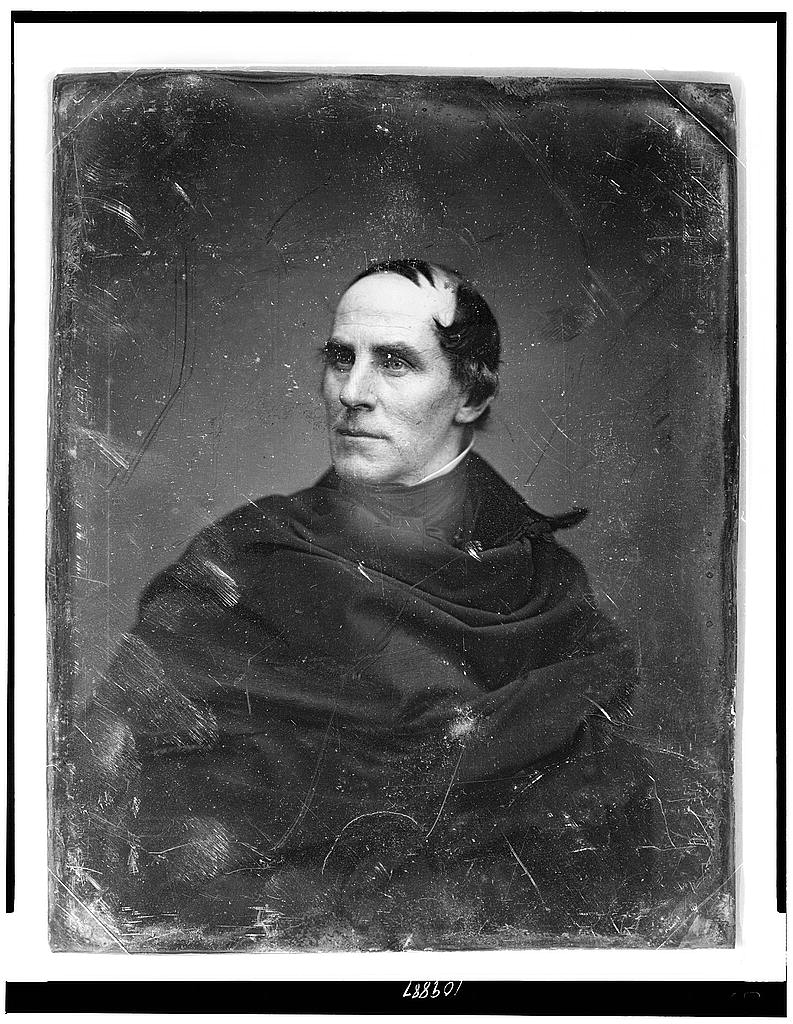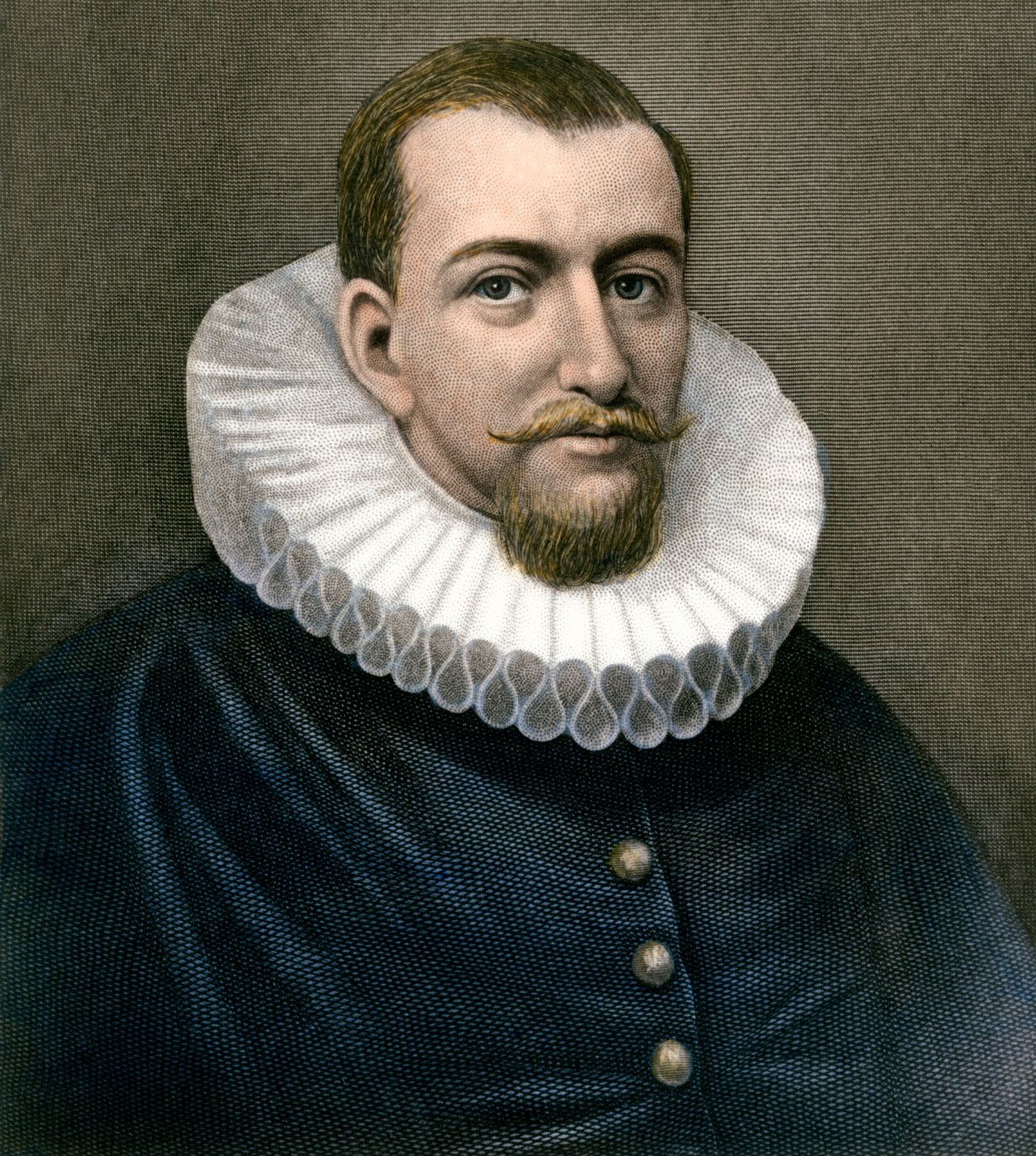The National Rivers Hall of Fame is now accepting votes for the Hall of Fame Class of 2025. The National Rivers Hall of Fame honors and preserves the memory of those whose connection to inland waterways merit special recognition.
The Hall of Fame was founded on the belief that rivers and their advocates are major catalysts for the economic and cultural development of America. Established in 1985, the organization joined the Dubuque County Historical Society to be the permanent home for its collections, stories, and exhibits on these impactful individuals. With the opening of the National Mississippi River Museum & Aquarium in 2003, the National Rivers Hall of Fame found a home in the National River Center. The organization continues to work with members of DCHS to identify stories and persons of interest to induct into the Hall of Fame.
This year's ballot features four outstanding contributors to river history, innovation, conservation, and the industry. The two nominations with the most votes will be inducted at the Captain's Ball Gala on Friday, November 7 at the National Mississippi River Museum & Aquarium.
Votes will be accepted until September 1. To cast your vote, click HERE.
Ed Smith (1914 - 1989)

Ed Smith was one of thousands of firemen who kept the fires burning beneath the boilers of steam-powered riverboats. Born in Parkin, Arkansas along the St. Francis River, he was only 30 miles west from the steamboat landing at Beale Street in Memphis.
His first job in the boiler room was on the ADMIRAL, and then served on the AVALON and then the DELTA QUEEN. It was said he could throw a heavy lock line with such accuracy, especially when greenhorns missed the lock pin and the wind pushed the boat to the outside wall.
The late Captain Doc Hawley recalled how Smith twice saved the DELTA QUEEN and its passengers and crew from disaster. In 1967, the QUEEN was upbound on the Ohio River and the EXXON WEST VIRGINIA was coming downbound on the one-whistle side with a string of empty gasoline barges. Without warning, the QUEEN’s tiller lines broke, causing her rudders to run hard-over to port. The QUEEN then aimed toward the head of the gas barges, about to penetrate the skin of the barges filled with explosive fumes. Smith bravely prevented an explosion by quickly grabbing a hefty rope bumper and placing it between the two colliding metal surfaces.
Smith saved the QUEEN passengers and crew again in the 1960s. The QUEEN was shoving upbound through a lower lock gate on the Tennessee River. Her three-ton swinging stage (gangplank) was still tied down and projected fifty feet beyond the stem of the bow like an oversized battering ram aimed for the approaching gates. Smith snatched a long-handled ax and chopped the port side gunnel and heel ties where they fastened to the deck. The stage swung safely to starboard, its leading outboard corner slamming the cement lock wall with the sound of a cannon firing. The QUEEN and the lock suffered only cuts, scratches, and bruises. By the time the deckhands reclaimed their territory on the bow, Ed Smith was back in the boiler room attending to the fires.
Ed Smith was one of the best known skilled firemen to work on America’s rivers and the first to be considered for the National Rivers Hall of Fame.
G.K. Warren (1830-1852)

Gouverneur Kemble Warren was born in Cold Spring, New York on January 8, 1830. He graduated second in his class from the U.S. Military Academy in 1850 and was commissioned into the U.S. Corps of Topographical Engineers.
Warren participated in the exploration surveys and maps in the 1850s for portions of the trans-Mississippi West. He was the first topographical engineer to explore the Black Hills of South Dakota. In 1856, he consulted the leaders of the ten-year-old Smithsonian Institution and then led a team of thirty-four men including geologist Ferdinand Harden to travel up the Missouri. Warren then mapped a portion of the Yellowstone River guided by scout Jim Bridger. Warren participated in creating one of the first maps of the United States west of the Mississippi River.
During the Civil War Warren was known as the “fighting fool of Gettysburg.” He helped turn the famous battle at Little Round Top from defeat to victory with his brilliant leadership and was later promoted to major general. Warren then returned to the Corps to present civil projects that were well designed, yet maintained Warren’s truly romantic spirit. Warren’s reports on the Mississippi River and its northern tributaries became major reference documents for three succeeding generations of Corps projects in the St. Paul District.
Warren’s extensive studies were unsurpassed for a century. His able promotion of the headwaters reservoir system and the development of the power potential at the Falls of St. Anthony were vital in developing milling and manufacturing at Minneapolis.
Major Warren was one of the outstanding creative district engineers in the early history of the St. Paul office. His efforts greatly impacted the growth and development of Minneapolis – St. Paul.
Thomas Cole (1801-1849)

During Thomas Cole’s short life, he achieved national and international fame. He founded the Hudson River School of Art, the first major art movement in the United States. One of his most famous paintings, “The Oxbow,” features the Connecticut River near Northampton, Massachusetts, which he completed in 1836.
Over 100 artists were part of the Hudson School between 1825 and 1875, including Albert Bierstadt, Archer Durand, Juliette Hart Beers, and Edwin Church. These artists captured the beauty of rivers in landscapes from the east coast to the west and many places in between. While Cole and others focused on rivers in the northeast, others painted Niagara Falls, the Merced River in Yosemite, the Columbia River and Mississippi River at St. Anthony Falls. Many place Caleb Bingham and his paintings of the Mississippi and Missouri rivers also in the Hudson School.
Hudson School painters often focused on three major themes of early and mid-19th-century America: discovery, exploration, and settlement. They strived to capture the tension between using what nature had given the country and the loss that use brought. They helped preserve natural wonders and celebrated American expansion. They were striving to define and shape an American identity, separate from our European origins.
Henry Hudson (1575 - 1611)

Henry Hudson led several expeditions in search of a shorter route to North America from England and then to the riches of Asia. In late Spring, 1609, he began his third try, heading first past Norway, and, upon finding the ice impassable, turned about and sailed westward toward the 40 degree latitude of the New World.
In the next few months, he investigated Chesapeake Bay, Delaware Bay, and New York Bay. He is also believed to be the first European to have sailed up the Hudson River discovering what would become New York . He journeyed as far as Albany, if not present day, Troy, N.Y. His fourth expedition in 1610 reached Hudson’s Bay and Rupert’s Bay.
After wintering near the mouth of the Rupert River, Hudson, his son, and seven others were cast adrift by mutineers on June 24, 1611, and never heard from again. Most of his journals, chests and charts made it back to England with the surviving mutineers. Hudson was a skilled navigator who commanded four dangerous voyages and who brought his crew through the Arctic winter.
His records, particularly from the third voyage laid the geographic groundwork for immense commercial and political development. His exploration and discoveries publicized the existence of many rivers on the east coast of North America to Europeans who well understood their critical importance for further exploration and development.
